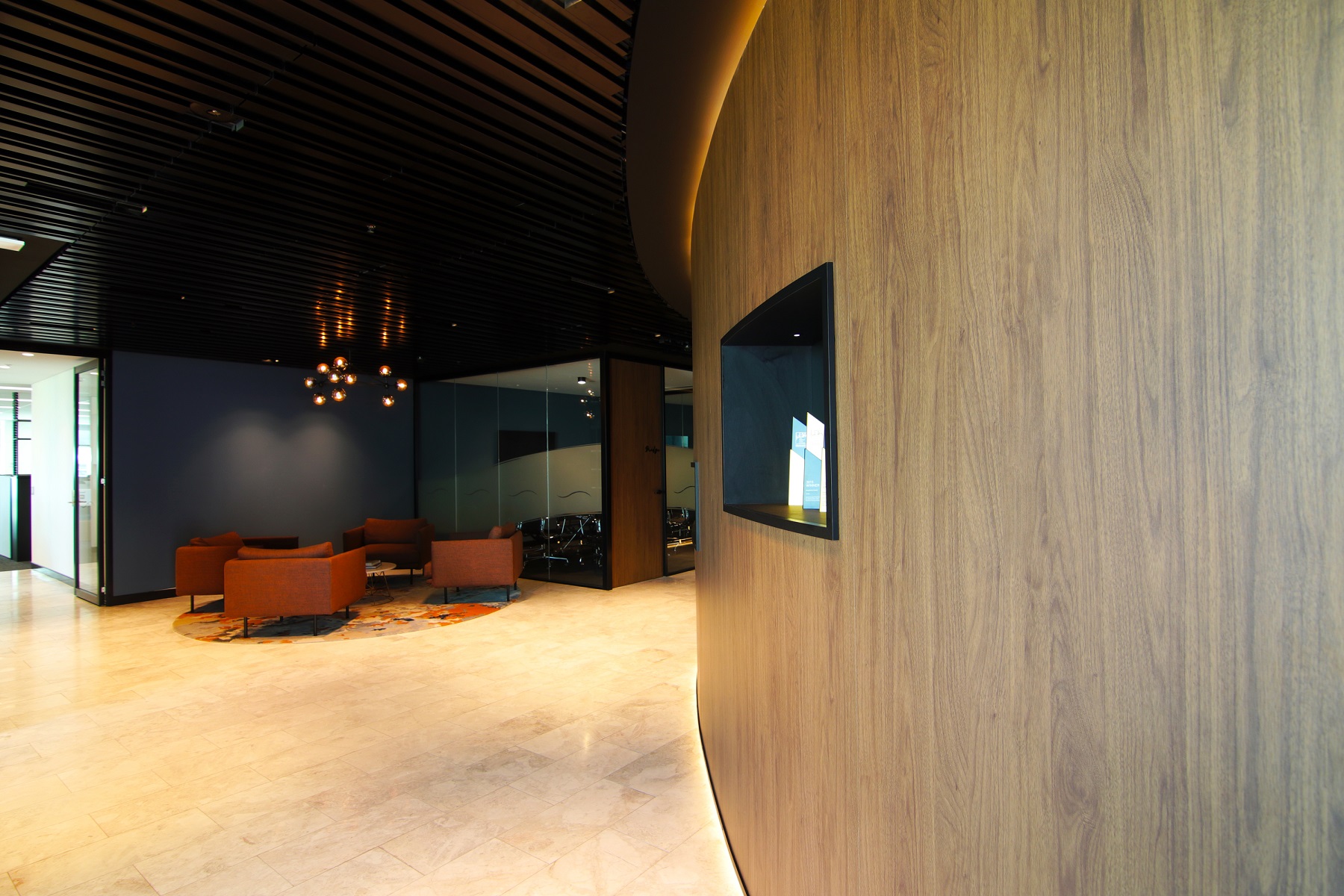Human physiology is designed to react in different ways in response to different lighting. Why does an author feel inspired at night under a warm dimmed lamp? And why do surgeons need a white light in the operating theater to perform at maximum concentration? Productivity responds to lighting, which makes this a matter of ergonomics.

Parkview Office
There’s Science Behind Light-Driven Productivity. Australian LED lighting product colours are measured on the universal Kelvin (K) scale, as shown below:

With such a wide spectrum, it’s important to understand which degree will work best to increase employees productivity and motivation. And it will increase, studies show that lighting enhances a range of variables that influence employee performance.
First, concentration. In a study conducted by the AASM, scientists were able to demonstrate how blue wavelengths increase the brain activity of subjects undergoing a cognitive task when compared to a control group. Next, reduced fatigue. Statistics show that employees working in dimmed or glared lighting conditions may experience eye strain, fatigue and neck and shoulder pain. With musculoskeletal pain being the third leading cause of employee absenteeism, an event that costs the Australian economy over 33 billion dollars annually in lost productivity, providing employees with optimised lighting is a simple investment to save an organisation big costs.
Match the Colour to Conditions
Back to the question of how to choose the right hue, to gain these result driven returns. There are two factors to consider when choosing the right lighting:
How Much Natural Light is Already Spread Throughout The Workspace
Natural light is of course best due to its function of boosting mood and energy levels. It can even assist in stabilising hormonal balance. LED overheads should complement existing light, and lie within 5000-6500 Kelvin. This spreads the natural lighting from the windows through to the corners of the office, creating consistency in thought and design. If however, an office has little to no natural light as is sometimes the case, an adjustment in the hue will ensure that space is still maximised for productivity. The best light to use in this instance would be a light with a more blue luminance, moving up the scale towards 7000K plus.
Office Layout
Wide, open plan workstation environments require lighting that stimulates collaboration and productivity. The lighting colours mentioned before, daylight to cool hues, are best for this. However, for meetings or design studios, lighting can be adapted to stimulate creativity. Research on brain activity shows that a dimmed lighting setting in the workplace can facilitate a shift in the variables that see us using our creative capacity, by increasing dopamine and melatonin. A luminance which has hosted development of the most successful creative ideas. Its clear that the benefits of matching a workspace to an optimised light temperature are long reaching on an individual and organisational level.
For lighting design or product consultation for your office space, please contact us or alternatively you can purchase our range from wholesale lighting suppliers and retailers Australia wide.